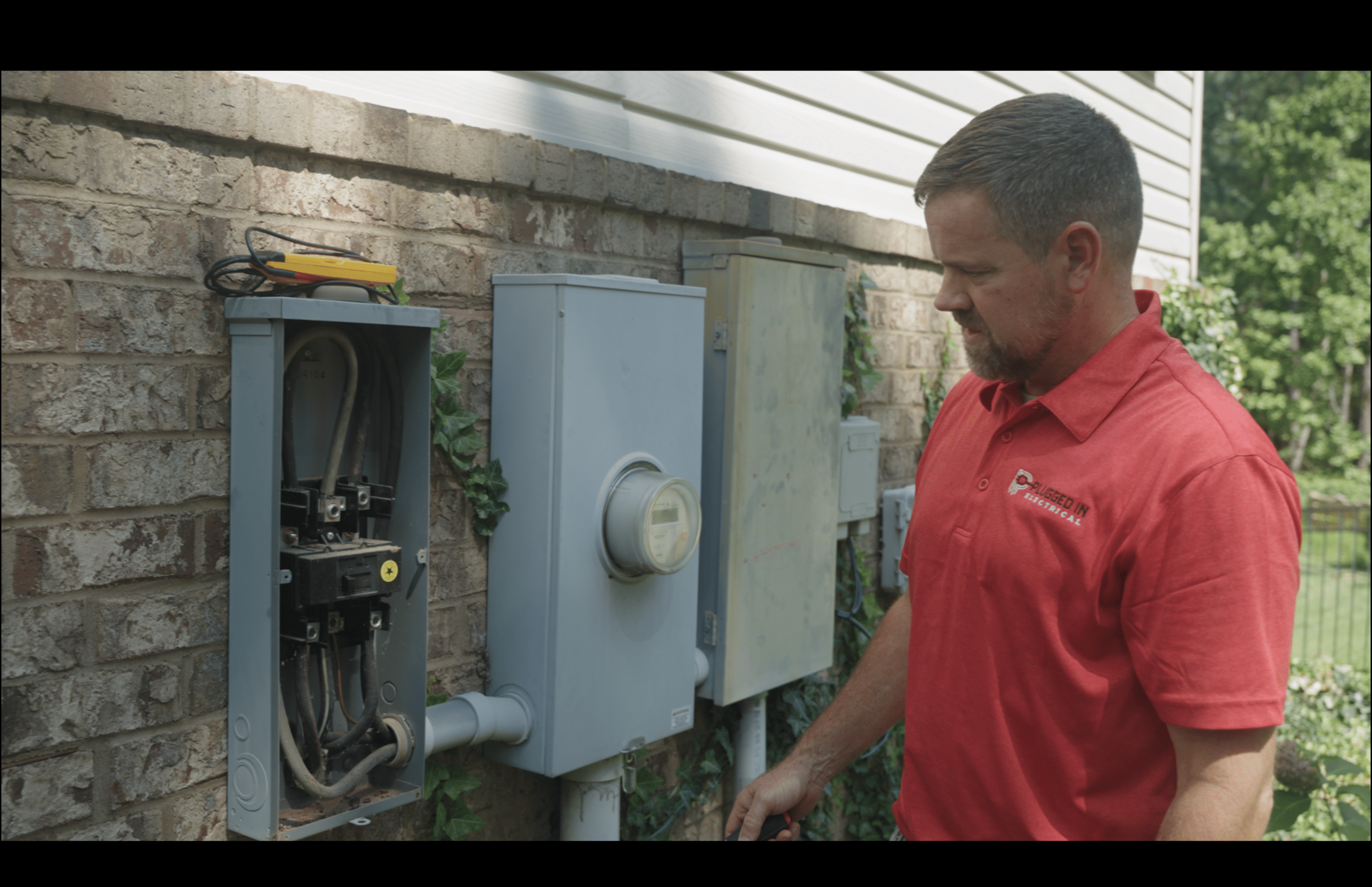Form submitted successfully. We will get back to you as soon as possible.
How to Install a Whole House Surge Protector: Protecting Your Home’s Electronics and Appliances
With today’s tech-driven homes, protecting sensitive electronics from power surges is more critical than ever. A whole house surge protector installation offers a reliable way to safeguard your home’s electrical system and all connected devices, from appliances to computers, against unpredictable surges. At Plugged In Electrical Services, we specialize in comprehensive surge protection solutions tailored to protect your valuable electronics and ensure your peace of mind. Whether you’re wondering, “Can I install a whole-house surge protector myself?” or simply looking for expert advice, our team of licensed professionals makes it easy to secure your home against costly surges. Trust Plugged In Electrical Services to provide a seamless, safe installation so you can relax, knowing your home and devices are fully protected.
What is a Whole House Surge Protector?
A whole house surge protector is installed at the main electrical panel to prevent sudden power spikes from damaging your home’s electrical systems. Power surges can be caused by many sources, including lightning strikes, power outages, and large appliances cycling on and off. Without protection, these surges can lead to fried circuits, damaged appliances, and expensive repair or replacement costs.
Steps for Whole House Surge Protector Installation
Installing a whole house surge protector involves working directly with your main electrical panel, which carries high-voltage power and requires careful handling. Here’s a general overview of what the installation entails:
- Choose the Right Surge Protector: Not all surge protectors are created equal. Look for devices that offer high joule ratings (protection strength) and consider features like thermal fuses or noise filtering, which add extra layers of protection.
- Turn Off the Main Power: Always begin by shutting off the main breaker to ensure safety. Working on the main electrical panel while live is highly dangerous and should be avoided.
- Mount the Surge Protector: Surge protectors are usually installed close to the electrical panel. Depending on your model, you may need to mount it on the wall next to the panel or inside a separate enclosure.
- Connect the Surge Protector to the Panel: This step involves wiring the surge protector into the main breaker connecting each terminal to the appropriate circuit. Precise wiring is crucial, as mistakes could lead to faulty operation or a fire hazard.
- Test the Installation: Once connected, turn the main power back on and test the surge protector to ensure it’s functioning correctly. Most devices have an indicator light that shows if they’re ready to handle surges.
Can I Install a Whole-House Surge Protector Myself?
While some experienced DIYers may feel comfortable attempting a whole house surge protector installation, it’s important to note that working on your main electrical panel is inherently risky. Minor errors can lead to severe injury or extensive property damage. To ensure safety and effectiveness, working with a licensed electrician who can install the device correctly and perform necessary testing is highly recommended.
Why Choose Plugged In Electrical Services?
At Plugged In Electrical Services, we bring peace of mind to homeowners by providing expert whole-house surge protector installation services. Our team understands the ins and outs of electrical systems, ensuring each installation is safe, precise, and effective. Protecting your home’s valuable electronics shouldn’t be left to chance—trust the Plugged In Electrical Services professionals for seamless, reliable installation.
With our commitment to quality and safety, we’ll handle every step, giving you confidence in your home’s defense against unexpected power surges. Contact Plugged In Electrical Services today to explore options for keeping your home and appliances safe and enjoy uninterrupted peace of mind!
